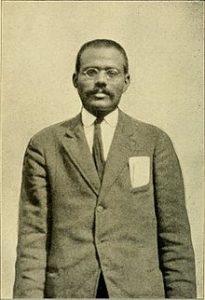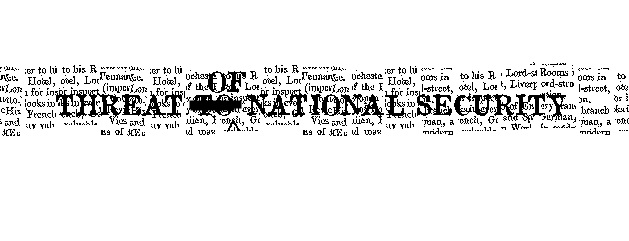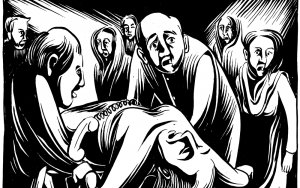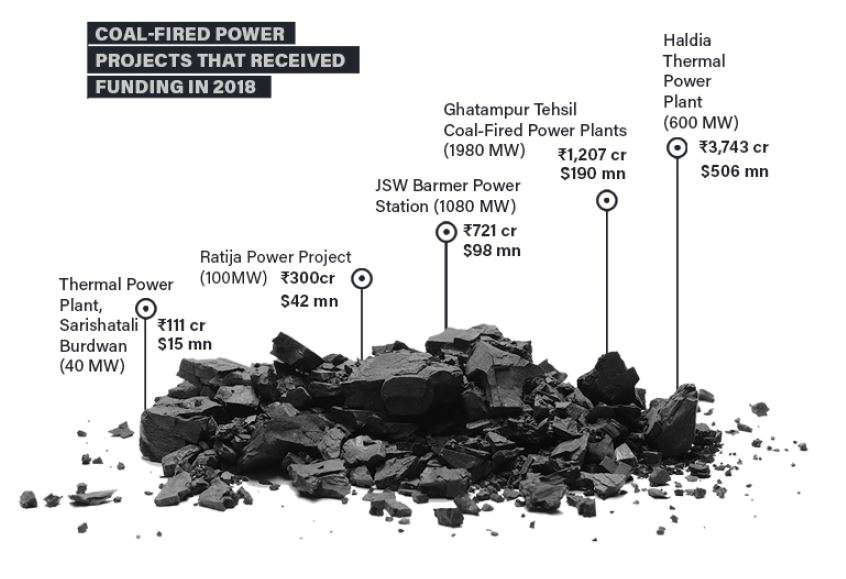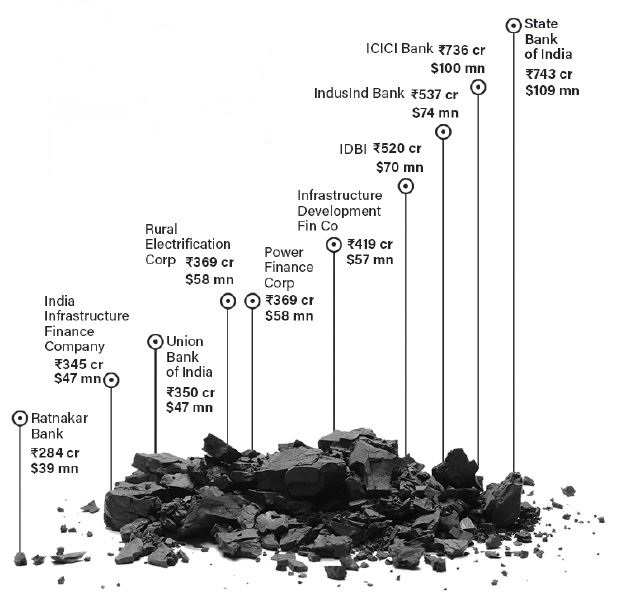
Sixty four years ago a small periodical from Allahabad wrote:
“Now that India has obtained independence, the old combatant for liberty has given up his last gasp in the most complete poverty.”
Writing about the same “old combatant for liberty” Hem Day later recalled that ” he is not well known to all, even to our own people, for he has neither the fame of Gandhi, nor the fame of Nehru, nor the popularity of Vinoba, nor the notoriety of Kumarapa, nor the dignity of Tagore. He is Acharya, a revolutionary, an agitator, a writer.”
M.P.T. Acharya was born on 15th April 1887 in Chennai into a Bhramin family. From early years he was involved in the nationalist struggle. He edited a nationalist magazine for his uncle. When the periodical was suppressed by the colonial authorities Acharya had to escape to French controlled Pondicherry. Sensing he was not safe there he left India and landed in France. He soon moved to London and joined the Indian House with V.D Savarkar, Madan Lal Dhingra and other Indian nationalists. When in 1909 Dhingra assassinated Sir William Hutt Curzon Wyllie the Indian House soon disintegrated.
In next few years he visited Berlin, Munich and in November 1911 was in Constantinople to gain Muslim support against the British. In 1912 he moved to New York and in 1914 to San Fransisco, where he edited the Tamil edition of Gadar Party’s periodical. Gadar Party was set up a year ago, with help of his friend and IWW member Har Dayal. Har Dayal had spent time with Emma Goldman and when in 1914 Dayal was deported for being “an anarchist” Emma protested and wrote about it in Mother Earth.
It was during this time Acharya saw the real face of Western Democracies and stood against the notion of nation states. “Is it to make large cities with miserable people, barely eking their existence that we want to have ‘Swaraj’?” He asked.
”I consoled myself by answering that the misery was due to foreign Government, but under Indian Government, it would all vanish, because our countrymen will be friends of the poor when they come to rule. Late on, however, when i went to Europe and saw misery there, my illusions about “National” rule were shattered.”
Acharya spent the World War period in Middle East and in 1917, with Virendranath “Chatto” Chattopadhyaya, attended a socialist peace conference in Stockholm. Where he met prominent Bolshevik leaders and in 1919 met Lenin. In 1920 Acharya helped form and became Chairman of the Communist Party in exile, with M.N.Roy as Secratary. Acharya was kicked out in 1921 for his criticism of the direction CPI was taking under the Comintern and Roy’s autocratic behavior.
In 1922, with Rudolf Rocker, Augustin Souchy, Alexander Schapiro, Acharya was present at the founding meeting of the IWMA. Where he set up an Indian committee with an aim to send anarchist literature in India. Acharya’s involvement in international anarchist movement was set-off by his disillusionment with the USSR and the whole edifice of Marxist priesthood. He wrote:
“We are Anarchists, because we do not want authoritarianism outside or inside, because to us anti-Marxists, life and society must be, immanently – one indivisible whole impossible of mechanical separation – as the Marxists inorganically think and believe.” “Communism can come only through and beyond Anarchism not before and behind it, as Lenin predicted and died broken-hearted and mad.”
From 1923 onward, Acharya was in communication with Emma Goldman, Alexander Berkman, Taiji Yamaga, Lu Jianbo, Rudolf Rocker and many other anarchist, but most prominantly with Albert Meltzer – whom he met only twice but maintained a regular correspondence till his death. Acharya wrote for American, Russian, French, German, Spanish, British anarchist journals and newspapers on the topic of economics, India, anarchism among others.
When he returned to India in 1935, he also started writing for Indian publications, including Gandhi’s Harijan. About Gandhi, he wrote that “Gandhi is more opposed to the violence of the mass liberation than the violence of governments.” He admired Gandhi as a tactician and also independently formed his own “logical pacifism.” Acharya set up the Libertarian Socialist Institute and published many anarchist classics and new material in Bombay.
Acharya contrasting himself with the Indian communists wrote that “[w]hat is needed for the Indian proletariat is new workers’ organizations, of a revolutionary syndicalist character, which alone can tear it out of the misery in which it grows. Only federalist organizations, given their complete independence, can create a solid foundation for class struggle in India.”
Commenting on Acharya and Indian Left, Meltzer wrote that “it was impossible to comprehend the difficulty in standing out against the tide so completely as was necessary in a country like India. It was easy for former ‘nationalist revolutionaries’ to assert their claims to the positions left vacant by the old ‘imperialist oppressors.’ This Acharya would not do. He remained an uncompromising rebel, and when age prevented him from speaking, he continued writing right up to the time of his death.”
Acharya warned as early as 1945 that Nehru and Patel “goes around like emperor, and speak like emperor.” And that “[w]ithout an anarchist movement this country will go Fascist and go to the dogs.”
Penniless, sick and alone, this old combatant for liberty died in 1954. Albert Meltzer in Acharya’s obituary wrote:
“Despite all of his efforts Acharya remained an isolated Anarchist in India and failed to create a movement. Whilst nationalists like Har Dayal and Bhagat Singh had a knowledge of anarchist texts, they merely incorporated what they felt to be useful to the struggle against British rule into their thought. Nationalist, and to a lesser extent Communist Party orthodoxy, had too much of a grip on the Indian masses, and unlike elsewhere in Asia, an anarchist movement did not develop, much to the chagrin of Acharya”
“With a growing interest in anarchism among Indian students, a Bombay publishing house reprinted many classical Anarchist works, but Acharya did not succeed in building a movement before his death, nor do I think one exists yet.”
‘What is Anarchism?’ first appeared in Withering India edited by Iqbal Singh and Raja Rao in 1948. Most of the texts in the volume were written exclusively for it and other author included Nehru, Jinha, J.P. Narayan. ‘How Long Can Capitalism Survive?’ was published in The World Scene From Libertarian Point Of View by the Free Society Group of Chicago in 1951. In 2018, it is sad to note that all the aspect of capitalism that Acharya pointed to while predicting its’ end, in this essay, have given it the strength by which it today stands: financialization, international trade deficits, and institutions. In fact in this essay, which was written just three years before his death and when he was very ill, Acharya made many errors which he had criticized Marxists of in earlier writing and it is not a consistent libertarian text. For example, attempting to find almost a form of wage-centric-determinism in capitalism and calling anarchist economics “scientific” are not very appropriate from Acharya’s own earlier views. Claims such as “outside economic freedom there can be no freedom” are very anti-libertarian, if meant literally.
Some words that might cause confusion have been updated to current usage, while others that are still understandable are kept as they were. Writing in 1940s Acharya was using non-gender-neutral terms while talking about the species as a whole. Comments in square brackets are by me.
I would like to thank Ole Birk Laursen and other scholars who have helped dig up and bring back to light MPT Acharya’s life and ideas. A collection of Acharya’s works will be published by AK Press in 2019, thanks to Mr. Laursen.

